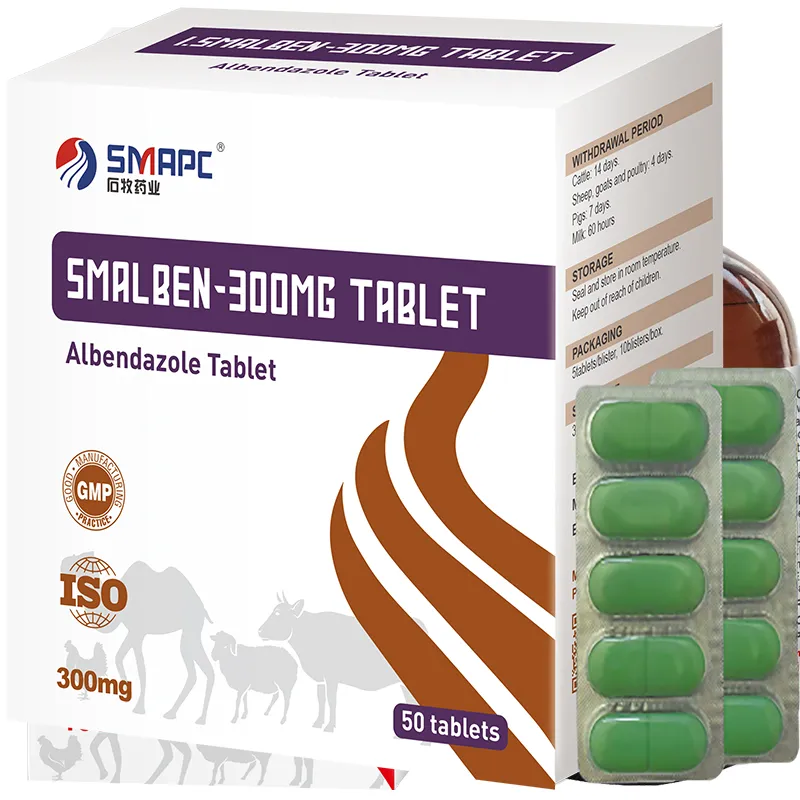6. Surgery If a foreign object is causing drooling, surgical intervention may be needed to remove it. Similarly, if dental problems are severe, tooth extraction or other dental procedures may be necessary.





